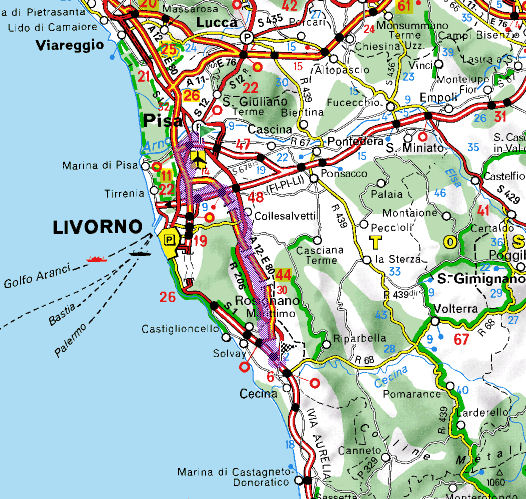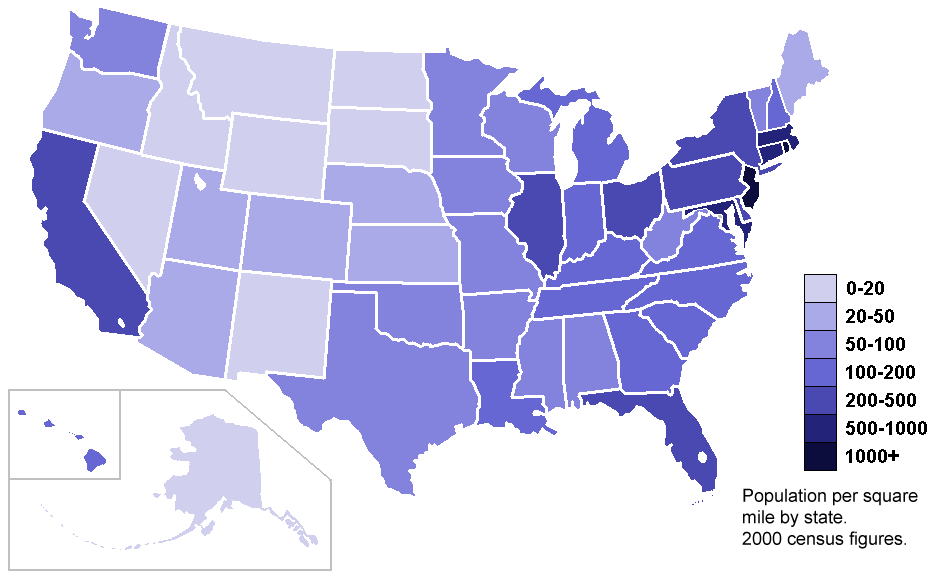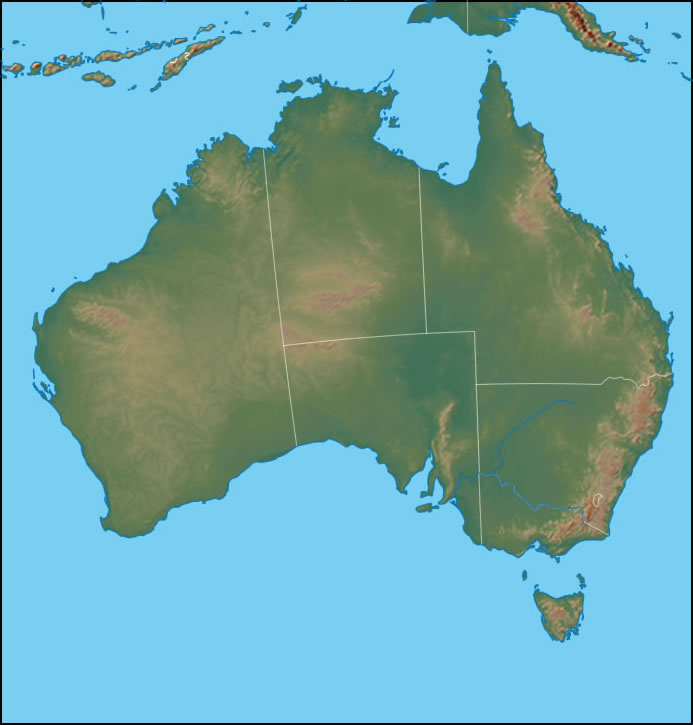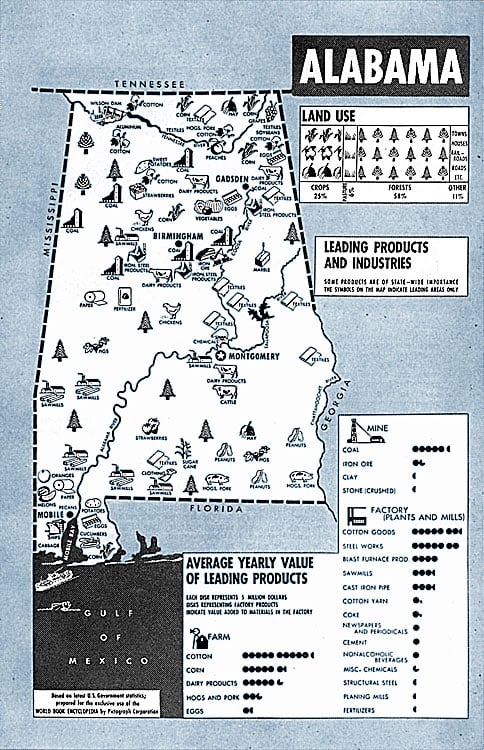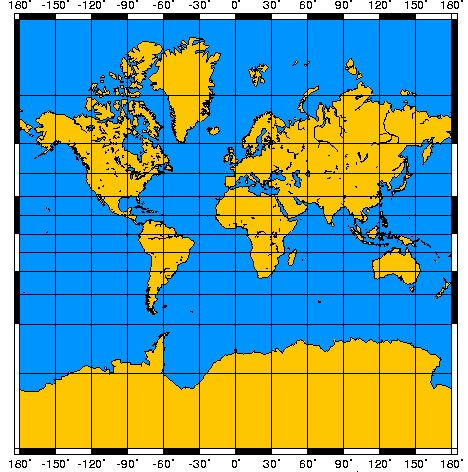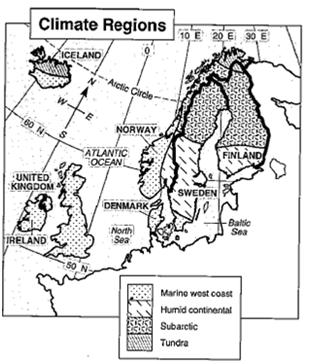Ch 1 Section 3 Representing Earth's Surface
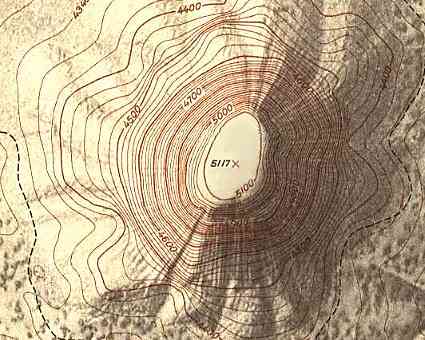
This quiz will provide feedback of your understand of concepts in Unit 3 of Chapter 1. Please Read Each question carefully.
- 1.
On the global grid, the prime meridian is at ___________ .
- A.
0 degrees latitude
- B.
90 degress longitude
- C.
0 degrees longitude
Correct Answer
C. 0 degrees longitudeExplanation
The prime meridian is the line of longitude that passes through Greenwich, England, and is designated as 0 degrees longitude. This line serves as the reference point for measuring longitude around the world. Therefore, the correct answer is 0 degrees longitude.Rate this question:
-
- 2.
Differences in elevation are BEST shown using a _________________ .
- A.
Mercator projection map
- B.
Robinson projection map
- C.
Topographic map
Correct Answer
C. Topographic mapExplanation
A topographic map is the best way to show differences in elevation because it uses contour lines to depict changes in the height of the land. Contour lines connect points of equal elevation, allowing viewers to easily visualize the shape and steepness of the terrain. This type of map provides detailed information about the elevation of different areas, making it ideal for activities such as hiking, mountaineering, and land surveying. In contrast, Mercator and Robinson projection maps are not specifically designed to display elevation data and are more commonly used for general reference or navigation purposes.Rate this question:
-
- 3.
Which of the following uses colors and symbols to represent concepts on a map?
- A.
Legend
- B.
Scale
- C.
Latitude
- D.
Time zone
Correct Answer
A. LegendExplanation
A legend is a visual representation on a map that uses colors and symbols to represent concepts. It helps to explain the meaning of these colors and symbols, making it easier for the map reader to understand the information being conveyed. A legend is typically located in a corner of the map and provides a key to interpret the various features and elements shown on the map.Rate this question:
-
- 4.
When we say that a city is located at longitude 120°E, we mean that it is located
- A.
West of the Prime Meridian.
- B.
East of the Equator.
- C.
North of the Equator.
- D.
East of the Prime Meridian.
Correct Answer
D. East of the Prime Meridian.Explanation
When we say that a city is located at longitude 120°E, it means that it is positioned east of the Prime Meridian. The Prime Meridian is the line of longitude that divides the Earth into the Eastern and Western Hemispheres, with 0° longitude passing through Greenwich, London. Therefore, a city located at longitude 120°E would be 120 degrees east of this reference point, indicating that it is situated to the east of the Prime Meridian.Rate this question:
-
- 5.
What type of map is this?
- A.
Small scale
- B.
Large scale
Correct Answer
B. Large scaleExplanation
This map is a large scale map because it provides a detailed view of a small area. Large scale maps typically show a smaller geographic area with more detail and information, such as street names, landmarks, and individual buildings. This allows for a more in-depth understanding of the specific location being depicted on the map.Rate this question:
-
- 6.
What type of map is this?
- A.
Economic Activity
- B.
Physical
- C.
Political
- D.
Population Density
Correct Answer
D. Population DensityExplanation
This map is a representation of population density. It shows the distribution and concentration of people in different areas. It provides information about the number of people living in a particular region, allowing for an understanding of the population patterns and trends.Rate this question:
-
- 7.
How many standard time zones are there in the world?
- A.
8
- B.
12
- C.
16
- D.
24
Correct Answer
D. 24Explanation
There are 24 standard time zones in the world. This is because the Earth is divided into 24 longitudinal sections, each approximately 15 degrees wide, and each section represents a different time zone. This allows for standardization of time across different regions, making it easier for people to coordinate schedules and activities across the globe.Rate this question:
-
- 8.
What type of map is this? (Type political, physical, or thematic. SPELLING COUNTS!)
Correct Answer
physical map
physical
physicalExplanation
A physical map shows mostly natural features like mountains, rivers and plains. It usually uses colors like brown and red to show altitude.Rate this question:
- 9.
This map is a (type political, physical, or thematic. SPELLING COUNTS!)
Correct Answer
thematic map
thematic
ThematicExplanation
A thematic map can be about ANY theme or topic. This one is about economic activity in Alabama.Rate this question:
- 10.
Where is this map most distorted?
- A.
Near the Equator
- B.
In the high latitudes
- C.
In the low latitudes
- D.
In the middle latitudes
Correct Answer
B. In the high latitudesExplanation
The high latitudes are at the North and South Poles. This map is called a Mercator projection. It means Antarctica and Greenland look very stretched out and distorted.Rate this question:
-
- 11.
This map projection is best for
- A.
Showing the oceans clearly.
- B.
Seeing the true size and shape of the continents, because it is not distorted.
- C.
Showing the distances between the continents.
- D.
Seeing Antarctica.
Correct Answer
B. Seeing the true size and shape of the continents, because it is not distorted.Explanation
This map is not distorted - it is INTERRUPTED. That makes it bad for looking at oceans, distances, and Antarctica, but it shows the continents' shapes and sizes well.Rate this question:
-
- 12.
Why is it hard to make a map of the world?
- A.
It is hard to make a round shape perfectly flat.
- B.
The world is too big.
- C.
The mountains are too high.
- D.
People can't agree on how to draw it.
Correct Answer
A. It is hard to make a round shape perfectly flat.Explanation
When we make maps of the world they are either INTERRUPTED (cut up) or DISTORTED (stretched) because it is hard to make a round shape flat. Think about peeling a basketball!Rate this question:
-
- 13.
What type of map is this? (type political, physical or thematic. SPELLING COUNTS!)
Correct Answer
thematic
thematic map
Thematic
thematicExplanation
Thematic maps are about a certain theme or topic. This one is about climate.Rate this question:
- 14.
This map is really distorted.
- A.
True
- B.
False
Correct Answer
B. FalseExplanation
Distorted means stretched. This map is peeled right off the globe. It is "INTERRUPTED," but NOT distorted.Rate this question:
-
- 15.
Longitude starts at an imaginary line running through Greenwich, England. What is the name of this imaginary line?
- A.
Prime Meridian
- B.
Internation date line
- C.
Continental divide
Correct Answer
A. Prime MeridianExplanation
The correct answer is Prime Meridian. The Prime Meridian is an imaginary line that runs through Greenwich, England, and serves as the starting point for measuring longitude. It divides the Earth into the Eastern and Western Hemispheres.Rate this question:
-
- 16.
Which region of Mexico has the MOST volcanoes?
- A.
Northern Mexico
- B.
Southern Mexico
- C.
The eastern coast
Correct Answer
B. Southern MexicoExplanation
Southern Mexico has the most volcanoes compared to other regions in Mexico. This region is part of the Trans-Mexican Volcanic Belt, which is a volcanic arc that stretches across central and southern Mexico. It is characterized by a high concentration of active and dormant volcanoes, including famous ones like Popocatepetl and Colima. The volcanic activity in Southern Mexico is due to the subduction of the Cocos Plate beneath the North American Plate, creating a favorable environment for volcanic eruptions.Rate this question:
-
- 17.
Which is a measure of how far East or West you are traveling?
- A.
Latitude
- B.
Longitude
- C.
Attitude
- D.
Altitude
Correct Answer
B. LongitudeExplanation
Longitude is a measure of how far East or West you are traveling. It is a geographical coordinate that specifies the East-West position of a point on the Earth's surface. It is measured in degrees, with the Prime Meridian (0 degrees) serving as the reference point for measuring East or West. As you move East or West from the Prime Meridian, the longitude value increases or decreases accordingly. Therefore, longitude is the correct answer to the question as it directly relates to the measurement of East or West travel.Rate this question:
-
- 18.
90 degrees north of the Equator is the ...
- A.
Prime Meridian
- B.
International Date Line
- C.
Arctic Circle
- D.
Equator
- E.
North Pole
Correct Answer
E. North PoleExplanation
The North Pole is located 90 degrees north of the Equator. It is the point on Earth where the Earth's axis of rotation intersects with its surface. This means that the North Pole is the northernmost point on the Earth.Rate this question:
-
- 19.
An imaginary line that circles the Earth at 0 degrees latitude is called the.....
- A.
Prime Meridian
- B.
International Date Line
- C.
Arctic Circle
- D.
Equator
- E.
North Pole
Correct Answer
D. EquatorExplanation
The equator is an imaginary line that circles the Earth at 0 degrees latitude. It divides the Earth into the Northern Hemisphere and the Southern Hemisphere. The equator is the longest line of latitude and is located halfway between the North Pole and the South Pole. It is known for having a hot and tropical climate, as it receives direct sunlight throughout the year.Rate this question:
-
- 20.
Which is a measure of how far East or West you are traveling?
- A.
Latitude
- B.
Longitude
- C.
Attitude
- D.
Altitude
Correct Answer
B. LongitudeExplanation
Longitude is a measure of how far East or West you are traveling. It is a geographic coordinate that specifies the East-West position of a point on the Earth's surface relative to the Prime Meridian. The Prime Meridian is the line of 0 degrees longitude, which passes through Greenwich, London. As you move East or West from the Prime Meridian, the longitude value increases or decreases respectively, indicating your position in terms of East or West. Therefore, longitude is the correct measure for determining the East or West direction of travel.Rate this question:
-
Quiz Review Timeline +
Our quizzes are rigorously reviewed, monitored and continuously updated by our expert board to maintain accuracy, relevance, and timeliness.
-
Current Version
-
Mar 22, 2023Quiz Edited by
ProProfs Editorial Team -
Jun 22, 2011Quiz Created by
Rdteague
 Back to top
Back to top



